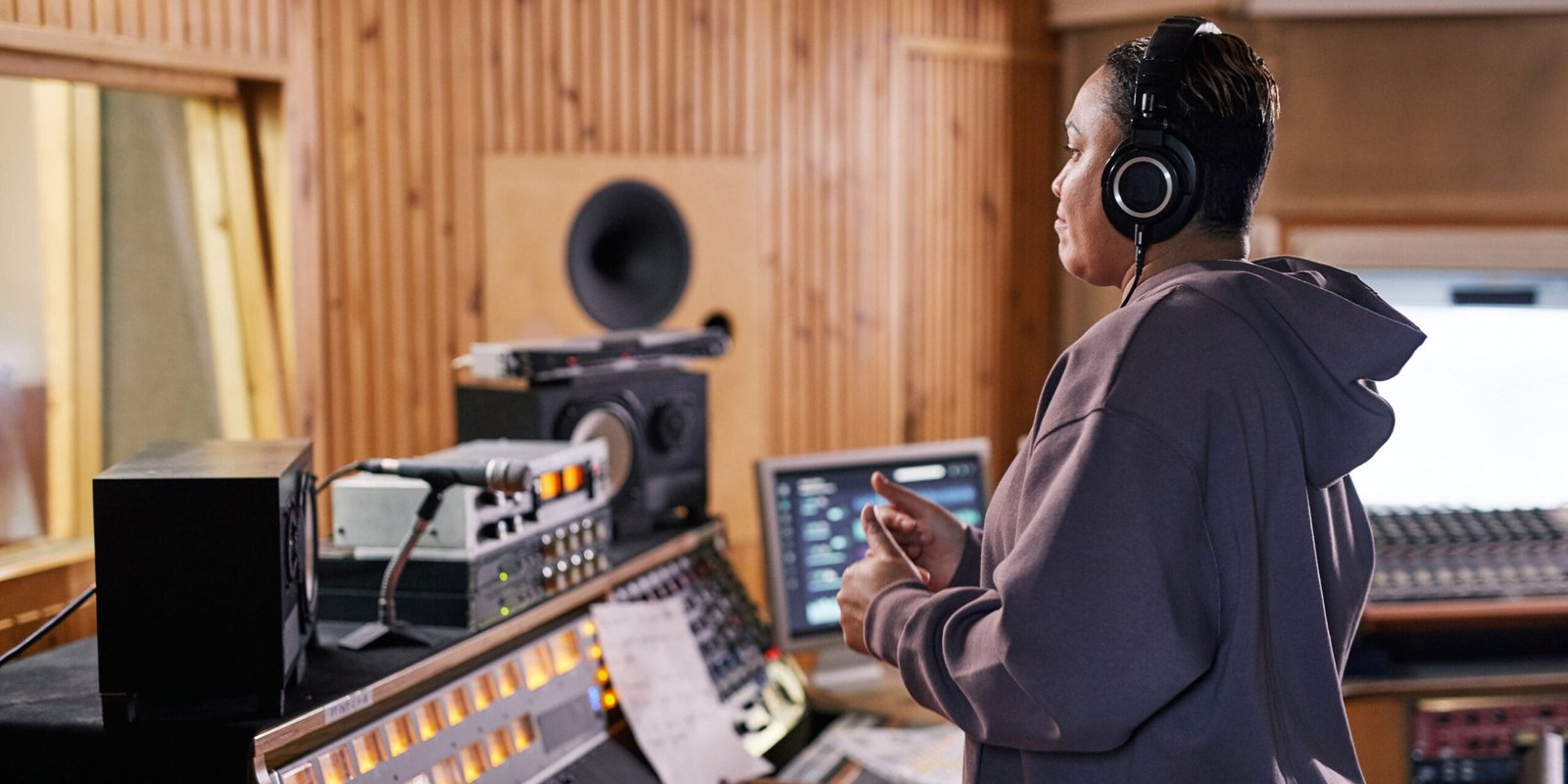How to write and produce your own music
June 27, 2024 2024-06-29 10:28How to write and produce your own music

How to write and produce your own music
How to Write and Produce Your Own Music: A Beginner’s Guide
Learning how to write and produce your own music can be an incredibly fulfilling and exciting journey. Whether you’re an aspiring artist or just exploring your musical talents, this guide will walk you through the essential steps from initial inspiration to the final mix. Discover how to transform your musical ideas into polished tracks that resonate with listeners.

1. Find Your Inspiration
Every great song starts with inspiration. Here are some ways to find yours:
- Listen to Various Genres: Explore different genres and artists to discover what resonates with you.
- Personal Experiences: Draw from your own life experiences, emotions, and stories.
- Nature and Surroundings: Sometimes, stepping outside and observing your surroundings can spark creativity.
- Reading and Movies: Books, movies, and other forms of art can provide unique perspectives and ideas.
2. Develop Your Songwriting Skills
Songwriting is the foundation of music production. Here are some tips to get started:
- Learn Basic Music Theory: Understanding chords, scales, and song structures can help you create cohesive songs.
- Start with a Hook: A catchy hook or chorus is often the centerpiece of a great song.
- Write Lyrics: Focus on expressing your message clearly and creatively. Use metaphors, similes, and imagery to enhance your lyrics.
- Experiment with Melody: Hum or play different melodies until you find one that fits your lyrics and mood.
3. Choose Your Instruments
Decide which instruments will best convey your song’s mood and style:
- Acoustic or Electric Guitar: Great for a wide range of genres from folk to rock.
- Piano or Keyboard: Versatile for creating both melodies and harmonies.
- Drums and Percussion: Essential for adding rhythm and energy.
- Bass: Provides the foundational groove and supports the rhythm section.
4. Set Up Your Home Studio
A basic home studio doesn’t require a huge investment. Here’s what you’ll need:
- Computer: A reliable computer is essential for running your Digital Audio Workstation (DAW).
- DAW Software: Programs like Ableton Live, Logic Pro, or FL Studio are popular choices for music production.
- Audio Interface: This device connects your instruments and microphones to your computer.
- Microphone: A good-quality microphone is crucial for recording vocals and acoustic instruments.
- MIDI Controller: A keyboard or pad controller can help you input notes and control your DAW.
- Headphones and Monitors: High-quality headphones and studio monitors are important for accurate sound monitoring.
5. Record Your Tracks
Once you have your home studio set up, it’s time to start recording:
- Create a Track Layout: Plan out the structure of your song (intro, verses, chorus, bridge, etc.).
- Record in Layers: Start with the rhythm section (drums and bass), then add harmonies (guitar, piano), and finally, the melodies (vocals, lead instruments).
- Use Click Tracks: A click track helps you stay in time and makes editing easier.
- Take Multiple Takes: Record several takes of each part to ensure you have plenty of options during the editing process.
6. Edit and Arrange Your Music
Editing is a crucial step in the music production process:
- Clean Up the Tracks: Remove any unwanted noise or mistakes.
- Align and Quantize: Make sure your tracks are perfectly in time.
- Arrange the Song: Move parts around to create the final structure of your song.
7. Mix Your Music
Mixing involves balancing all the elements of your song to create a polished final product:
- Adjust Levels: Ensure each track is at the appropriate volume.
- EQ (Equalization): Adjust the frequency balance of each track to enhance clarity and separation.
- Add Effects: Use reverb, delay, compression, and other effects to add depth and character.
- Pan Tracks: Distribute tracks across the stereo field to create a sense of space.
8. Master Your Track
Mastering is the final step to ensure your track sounds great on all playback systems:
- Balance the Stereo Image: Ensure the overall stereo field is balanced.
- Adjust Overall Levels: Make sure the track is at a competitive loudness level without distortion.
- Add Final EQ and Compression: Apply subtle EQ and compression to glue the mix together.
9. Release Your Music
Once your track is mastered, it’s time to share it with the world:
- Choose a Distribution Platform: Use services like DistroKid, TuneCore, or CD Baby to get your music on streaming platforms.
- Promote on Social Media: Share your music on social media platforms to reach a wider audience.
- Engage with Your Audience: Respond to comments and messages to build a loyal fanbase.

Conclusion
Learning how to write and produce your own music is a journey that combines creativity, technical skills, and persistence. By following these steps, you can transform your musical ideas into polished, professional-sounding tracks. Remember, practice makes perfect, so keep experimenting and honing your craft. Happy music-making!
Related Posts
Music Production Fees Comparison in India
What is a Degree in Music Production in India?
How to Learn Western Singing in India
Best Opera Teachers in the world
music-degrees-in-india
Search
Categories




